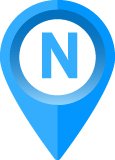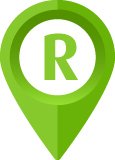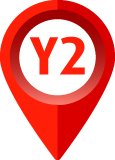
Geography Statement of INTENT
Why do we teach this? Why do we teach it in the way we do?
Geography is an important subject because it helps children understand our place in the world. That the local environment, physical features and weather varies greatly depending on where you are in the world. We want to use Geography to broaden children’s horizons; to give children the confidence and a curiosity to go and visit and learn about anywhere in the world. The curriculum is designed so that progressively, each year, children will build on their knowledge of different places, people, resources and environments.
We aim for all pupils to:
- Develop their knowledge of the location of significant places, including within their local area.
- Have a deep understanding of the Earth's key physical and human features.
- Learn to collect, analyse and communicate with a range of data gathered through fieldwork experiences and geographical sources, including maps, diagrams, globes, atlases and aerial photographs
At Spire, our aim is to implement this INTENT through quality first Teaching & Learning.
|
 |
- Talk about places
- Comment about the place they live
- Ask questions about the place they live
- Talk about the weather
|
 |
- Comment & ask questions about where they live
- Look at similarities and differences in relation to where they live
- Identify today's weather and talk about patterns and change.
|
 |
- Compare the local area and another UK location
- Identify the four seasons
- Locate hot & cold places on the globe in relation to the equator
- Use basic vocabulary to discuss human features and physical features
- Learn N, S, E, W using directional language
- Devise a simple map with a key
- Understand aerial photos
- Identify today's season & weather
|
|

|
- Use aerial photography and plan perspectives to recognise landmarks and basic human and physical features
- Devise a map with a simple key
- Discuss the physical features and human features of my school and its grounds
- Name, locate & identify the four countries and capital cities of the United Kingdom
- Name and locate most of the worlds seven continents and five oceans on a map
- Compare a place in the UK to a place in a non-European country (Australia)
- Use a variety of geographical vocabulary to discuss key physical features (beach, coast, sea)
- Use geographical vocabulary to discuss key human features (city, harbour)
- Use world maps, atlases and globes to identify the United Kingdom and it's countries, continents and oceans
|
 Curriculum Progression Map
Curriculum Progression Map
 Knowledge and Skills Progression
Knowledge and Skills Progression
 Barriers to Learning
Barriers to Learning
 Humanities Policy
Humanities Policy



Curriculum Progression Map
Knowledge and Skills Progression
Barriers to Learning
Humanities Policy






